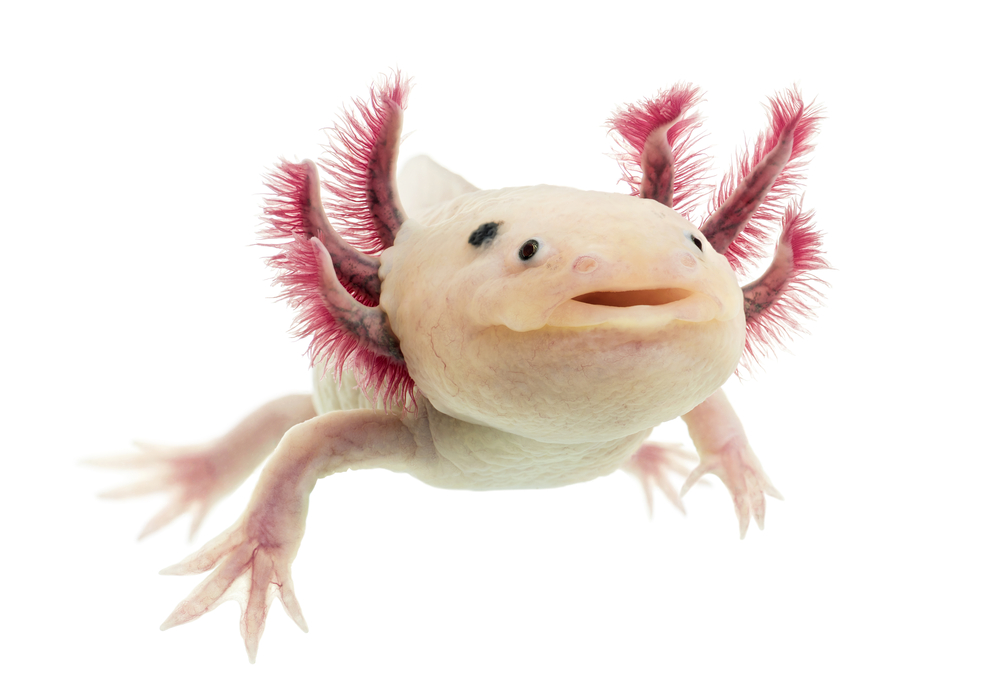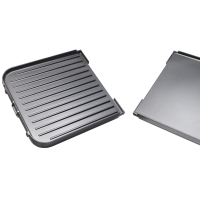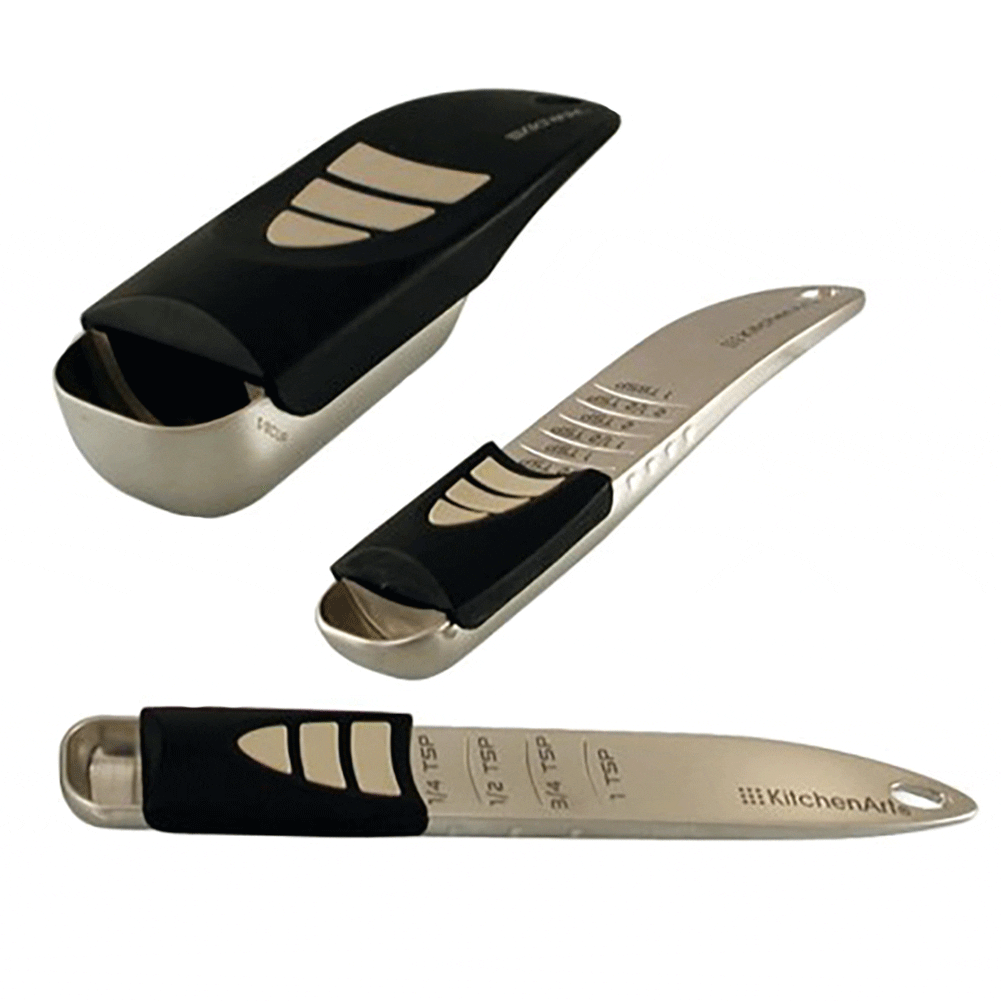Discover Pandipedia
Pandipedia is the world's first encyclopaedia of machine generated content approved by humans. You can contribute by simply searching and clicking/tapping on "Add To Pandipedia" in the answer you like. Learn More
Expand the world's knowledge as you search and help others. Go you!
The Intertwining of Technology and Geopolitics in AI
The rapid evolution of artificial intelligence (AI) is not occurring in a vacuum; it is increasingly intertwined with global geopolitical dynamics, creating both opportunities and uncertainties[1]. Technological advancements and geopolitical strategies are now heavily influencing each other, shaping the trajectory of AI development and deployment across nations[1]. This interplay is particularly evident in the competition between major global powers, notably the United States and China, as they vie for leadership in the AI domain[1].
AI as a New 'Space Race' and the Geopolitical Stakes
The convergence of technological and geopolitical forces has led many to view AI as the new 'space race'[1]. As Andrew Bosworth, Meta Platforms CTO, noted, the progress in AI is characterized by intense competition, with very few secrets, emphasizing the need to stay ahead[1]. The stakes are high, as leadership in AI could translate into broader geopolitical influence[1]. This understanding has spurred significant investments and strategic initiatives by various countries, all aimed at securing a competitive edge in the AI landscape[1].
The Competitive Landscape and Strategic Responses
China and the USA: A Technological and Geopolitical Duel

The document highlights the acute competition between China and the USA in AI technology development[1]. This competition spans various aspects, including innovation, product releases, investments, acquisitions, and capital raises[1]. The document cites Andrew Bosworth (Meta Platforms CTO), who described the current state of AI as our space race, the people we’re discussing, especially China, are highly capable… there’s very few secrets[1]. The document also notes in this technology and geopolitical landscape that it’s undeniable that it’s ‘game on,’ especially with the USA and China and the tech powerhouses charging ahead[1].
The Role of Global Powers and Competitive Advantages

The Downside of Geopolitical Competition

The Bright Side of Geopolitical Competition
However, the intense competition and innovation, increasingly-accessible compute, rapidly-rising global adoption of AI-infused technology, and thoughtful and calculated leadership could foster sufficient trepidation and respect, that in turn, could lead to Mutually Assured Deterrence[1].
Strategic Implications and Shifting Global Order

The Impact on Global Trade and Supply Chains

Economic trade tensions between the USA and China continue to escalate, driven by competition for control over strategic technology inputs[1]. China is the dominant global supplier of ‘rare earth elements,’ while the USA has prioritized reshoring semiconductor manufacturing and bolstered partnerships with allied nations to reduce reliance on Chinese supply chains[1].
Let's look at alternatives:
- Modify the query.
- Start a new thread.
- Remove sources (if manually added).
- Request a manual search from our human research team.
Let's look at alternatives:
- Modify the query.
- Start a new thread.
- Remove sources (if manually added).
- Request a manual search from our human research team.
Get more accurate answers with Super Search, upload files, personalised discovery feed, save searches and contribute to the PandiPedia.
Let's look at alternatives:
- Modify the query.
- Start a new thread.
- Remove sources (if manually added).
- Request a manual search from our human research team.
Let's look at alternatives:
- Modify the query.
- Start a new thread.
- Remove sources (if manually added).
- Request a manual search from our human research team.
Let's look at alternatives:
- Modify the query.
- Start a new thread.
- Remove sources (if manually added).
- Request a manual search from our human research team.
Let's look at alternatives:
- Modify the query.
- Start a new thread.
- Remove sources (if manually added).
- Request a manual search from our human research team.
Get more accurate answers with Super Search, upload files, personalised discovery feed, save searches and contribute to the PandiPedia.

Instant Pot
A versatile pressure cooker that also functions as a slow cooker, rice cooker, steamer, and yogurt maker.

KitchenAid Stand Mixer
A powerful mixer with numerous attachments for tasks like pasta making and meat grinding.


Anova Sous Vide Cooker
A precision cooker that allows for temperature control for perfect cooking results.

Fullstar Vegetable Chopper
A multi-blade chopper for chopping, spiraling, shredding, and slicing vegetables.
Power AirFryer XL
A multi-functional air fryer that can also serve as a toaster oven, microwave, and rotisserie oven.
8-in-1 Kitchen Tool
A compact kitchen gadget that includes a funnel, citrus squeezer, can opener, and more.
OXO Grate and Slice Set
A small grater with multiple grating styles and a container for easy cleanup.
Chop N’ Drop Cutting Board
A cutting board with integrated grater and storage containers for meal prep.
Barracuda 5-in-1 Tool
A multi-tool that functions as a pasta tong, egg scraper, strainer, rice scoop, and stirring spoon.
Great Jones Full-Steam Duo
A colander and steamer that collapses for easy storage without sacrificing utility.
Smart Oven
Modern ovens with pre-programmed settings for various dishes, ensuring consistent results.
Air Fryer Oven
Combines convection oven, toaster oven, and air fryer functions for quicker, healthier cooking.

Food Processor
A staple that chops, slices, shreds, and kneads, making meal prep faster and more efficient.
Let's look at alternatives:
- Modify the query.
- Start a new thread.
- Remove sources (if manually added).
- Request a manual search from our human research team.
Let's look at alternatives:
- Modify the query.
- Start a new thread.
- Remove sources (if manually added).
- Request a manual search from our human research team.
The best football players generally do not participate in the Olympics due to several key factors. First, FIFA imposes age restrictions on the men's tournament, requiring players to be under 23 years old with only a limited number of over-age players allowed, which diminishes its appeal seen as a 'glorified youth competition'[4]. Furthermore, club obligations play a significant role; clubs are not required to release players for the Olympics, especially since the tournament occurs outside the official international windows, leading clubs to prioritize their players' availability for domestic and continental competitions instead[4][1].
Additionally, the timing of the Olympics conflicts with the start of many leagues' pre-seasons, which is crucial for player conditioning and club preparations[1]. This conflict is compounded by the fact that major tournaments like Euro 2024 and Copa America occur in the same summer, making clubs reluctant to release their star players for a tournament perceived as less prestigious compared to these competitions[1][2]. Financial incentives also contribute to this trend, as club football typically offers greater earnings through broadcasting rights and sponsorship compared to the Olympics[2]. Overall, these combined factors create an environment where top players are unlikely to compete in the Olympics.
Let's look at alternatives:
- Modify the query.
- Start a new thread.
- Remove sources (if manually added).
- Request a manual search from our human research team.

Some animals can regenerate limbs through a variety of biological processes. The sea spider Pycnogonum litorale, for example, can regrow entire body parts, surprising scientists who previously thought such extensive regeneration wasn't possible for arthropods[1].
The axolotl, a species of salamander, uses a process called dedifferentiation, where adult cells revert to a stem-cell-like state and then form a blastema that regenerates the lost limb[1][2][4]. This blastema is guided by morphogen gradients, which provide spatial information to the cells so they can form the correct structures[4].
Flatworms like the Planaria use a method called stem cell-mediated regeneration. They possess pluripotent stem cells that can replace any damaged cells and even regrow entire bodies from a small fragment[1][2][4].
Hydras utilize morphallaxis, where existing cells rearrange and transform to regenerate missing body parts. They can also combine this with a method similar to dedifferentiation if the injury is severe[1][4].
Starfish and some lizards also regenerate their limbs through a process involving a blastema, but the new structures may sometimes differ from the originals, such as a cartilaginous tube instead of vertebrae in lizards[1][5].
Overall, these differing regenerative strategies depend on the animal's stem cells and the ability to activate specific genetic and molecular pathways[1][2][4][5].
Let's look at alternatives:
- Modify the query.
- Start a new thread.
- Remove sources (if manually added).
- Request a manual search from our human research team.








































